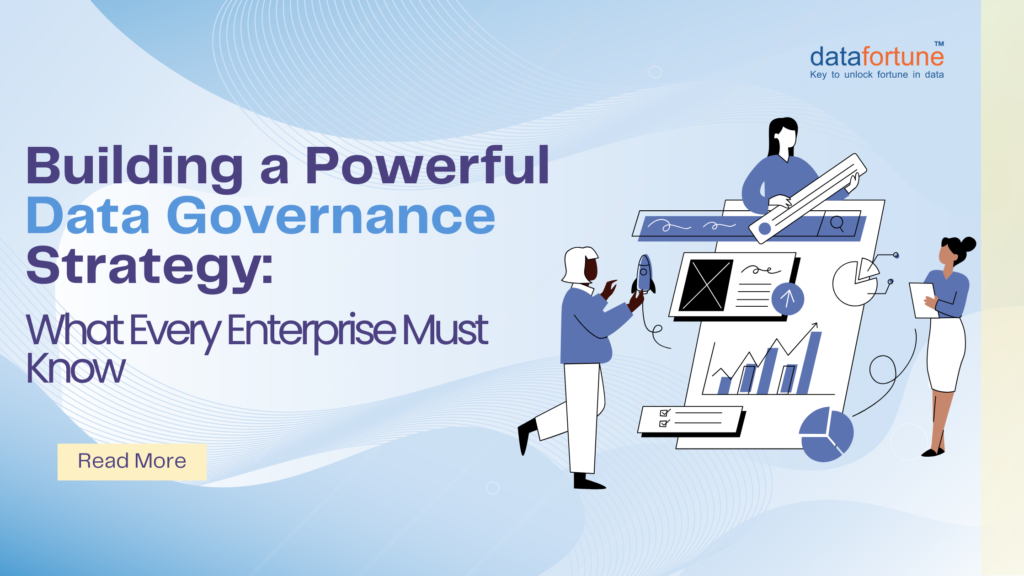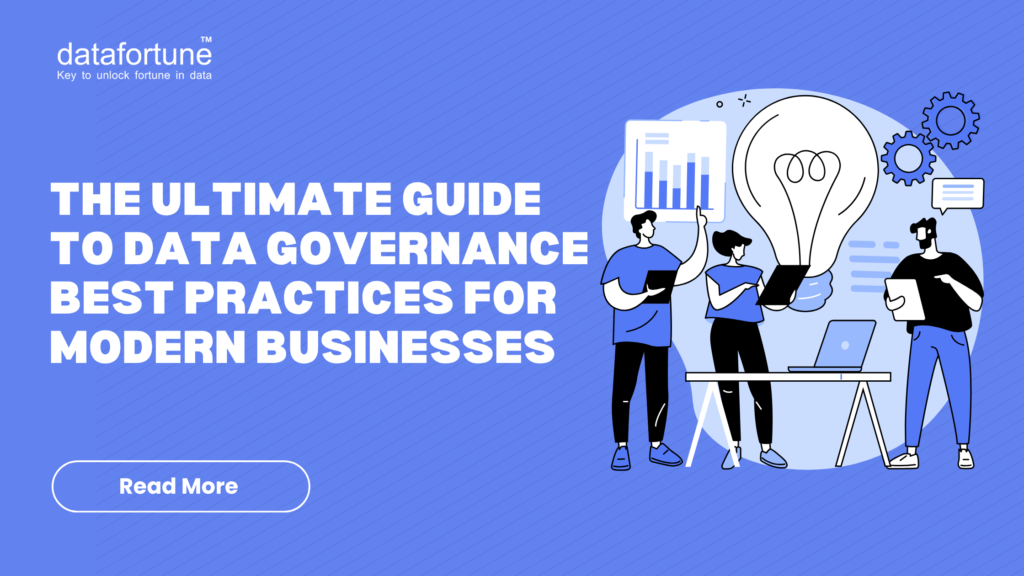You know that feeling when you realize you have been searching everywhere for your keys, only to find them in your pocket the whole time? This is what’s happening in boardrooms across the world right now. Executives are scratching their heads, wondering why their expensive data analytics tools aren’t delivering the outcomes they promised.
Meanwhile, buried deep in their own systems is a goldmine they fail to see. Customer emails practically begging to make purchases, maintenance logs that could save them from costly equipment failures, and social media conversations revealing exactly what their market wants. This invisible treasure is called dark data, and it’s either costing businesses a fortune or making them one, depending on whether they know how to find it.
Trust me, you’ll want to stick around for this one. Let’s discuss how to turn your dark data into your biggest competitive edge.
What is Dark Data?
Dark data is digital data that your organization gathers, but this data is never utilized. Every day, your company generates tons of data. Emails, reports, customer feedback, system logs, and countless other digital bits and pieces. Most of this data just sits there, taking up storage space and costing money, while potentially holding valuable insights that could help your business run smoothly.
Dark Data Discovery
Think of dark data discovery as turning on the lights in a warehouse you didn’t know existed. Dark data has become a catalyst for businesses seeking to stay ahead of the curve. It’s about finding, organizing, and understanding all that valuable data hiding in plain sight across your organization. The unstructured data market is showing impressive growth as more businesses realize what they’ve been missing.
Dark Data Discovery Methodologies
- AI-Powered Data Classification
AI tools can easily read through your files like a skilled librarian, leveraging natural language processing, machine learning, and pattern recognition to sort through everything from documents to images. These tools are ideal for spotting crucial data such as customer details and financial records.
- Automated Data Crawling
Automated data crawling tools work behind the scenes, discovering every corner of your data storage to create detailed maps of what you actually have. They can manage a huge amount of data while smart algorithms take care of organizing and processing everything.
The Hidden Benefits of Dark Data
- Competitive Intelligence and Market Insights
Dark data can serve as the hidden treasure for your competitive intelligence. Those social media conversations your team skims through, customer service interactions that get filed away, and research documents gathering digital dust, all these are the gold mines of insights about what your competitors are doing, how customers’ preferences are shifting, and where new market opportunities are emerging. Paying attention to this overlooked data gives you an edge over your rivals.
- Predictive Analytics Enhancement
Dark data can be your secret weapon if you start combining the usual structured data with all those unstructured sources you have been ignoring. Healthcare institutions are leveraging dark data to predict patient outcomes, enhance treatment approaches, and make their operations run smoother by diving deep into thorough data that includes everything from doctors’ notes to patient feedback.
- Process optimization
Process optimization occurs almost naturally once you start examining the operational data that’s been hiding. Manufacturing teams often uncover equipment failure patterns, maintenance scheduling opportunities, and supply chain hiccups that were sitting right there in maintenance logs.
- Risk Management Enhancement
Risk management gets a major boost when you take a comprehensive look at your historical incidents, those disasters, and operational quirks. Financial institutions can discover fraud patterns before they become problems, assess credit risks with better precision, and can easily overcome the challenges of regulatory requirements by analyzing transaction records and communications that were previously collecting dust in their systems.
The Risks Associated with Dark Data
- Security and Compliance Vulnerabilities
Cybersecurity exposure becomes your biggest challenge when dealing with unmanaged dark data. All that forgotten data sitting in your systems can dramatically expand your attack surface, making it challenging to detect security threats before they cause damage. You’re creating blind spots that hackers can exploit, and more dark data makes security oversight harder.
Regulatory compliance failures can hamper your organization financially and damage your reputation. With strict data protection regulations, you need to know exactly what you’re holding. Non-compliance can result in substantial penalties that seriously impact your bottom line, and regulators are increasingly aggressive about enforcement.
- Financial and Operational Costs
Storage and Infrastructure Costs pile up when collecting unnecessary data. You’re paying premium prices to store information serving no purpose, and costs multiply across your infrastructure.
Operational Inefficiencies drag down your team when employees dig through disorganized information. Data silos create workflow bottlenecks making it impossible to find what you need, reducing productivity. Most stored data hasn’t been accessed in years.
- Privacy and Reputation Risks
Data Privacy Violations occur when sensitive information lurks in forgotten repositories. Risk escalates with international transfers and third-party partnerships when you can’t identify which systems contain personal information.
Security incidents, especially those involving customer data, can lead to reputational damage. They may weaken trust, affect your brand image, and have longer-term effects beyond any immediate penalties.
How to Avoid Dark Data?
- Proactive Data Classification becomes your first defense against dark data chaos. You need automated classification tools that sort information based on sensitivity and value. Think of organizing your digital filing cabinet before it becomes a mess.
- Data Lifecycle Management policies prevent unnecessary hoarding. Establish clear retention schedules that automatically archive or delete information once it’s served its purpose. A well-designed data warehouse architecture supports these lifecycle policies effectively. Discover how to implement best practices for data warehousing that include automated data lifecycle management.
- Edge Computing Integration transforms how you handle data before it goes dark. By processing information closer to where it’s generated, you extract immediate value and decide what deserves long-term storage. This helps you act on insights instantly.
- Streaming Analytics Platforms let you analyze data as it flows through systems, catching valuable insights in real-time instead of letting information pile up unused. This works particularly well for operational systems where immediate action prevents costly problems.
- Data Literacy Programs ensure your team understands data’s value and their role in prevention. Train staff to properly tag and utilize information during creation rather than hoping someone organizes it later.
- Cross-Functional Data Teams eliminate silos that create dark data. Establish collaborative workflows between departments, ensuring data collection serves actual business needs.
Implementing a Dark Data Strategy
Assessment and Discovery Phase
Start with comprehensive data auditing to understand what dark data you actually have. You’ll need to scan all storage systems and repositories to create a complete inventory of your information assets. Modern discovery tools can automatically classify data by sensitivity and business value, making this overwhelming task much more manageable.
Risk Assessment and Prioritization help you tackle the most critical dark data first. Evaluate security risks, compliance needs, and business potential to create a focused action plan rather than trying to boil the ocean.
Technology Infrastructure Development
Scalable Analytics Platforms provide your foundation for turning dark data into insights. You need robust systems capable of processing massive volumes of unstructured data while keeping security and compliance intact.
Integration and Automation Tools make dark data discovery part of your regular operations instead of a one-time project. Look for platforms with APIs and workflow automation that embed analytics into your existing business processes.
Organizational Change Management
Training and Education Programs ensure your team understands the value and their role in management. Provide data literacy training and governance education to maximize adoption and effectiveness.
Cultural Transformation means shifting from data hoarding to strategic utilization. Change incentives and organizational structures to encourage proactive data management rather than passive accumulation.
Final Words
Organizations that successfully unlock their dark data gain unprecedented competitive advantages, while those ignoring this hidden treasure face mounting costs and missed opportunities. You’re essentially choosing between illuminating valuable insights or staying lost in the shadows of untapped potential.
Your dark data is waiting to tell its story. Partner with datafortune and let us turn your forgotten files into tomorrow’s breakthrough insights.



